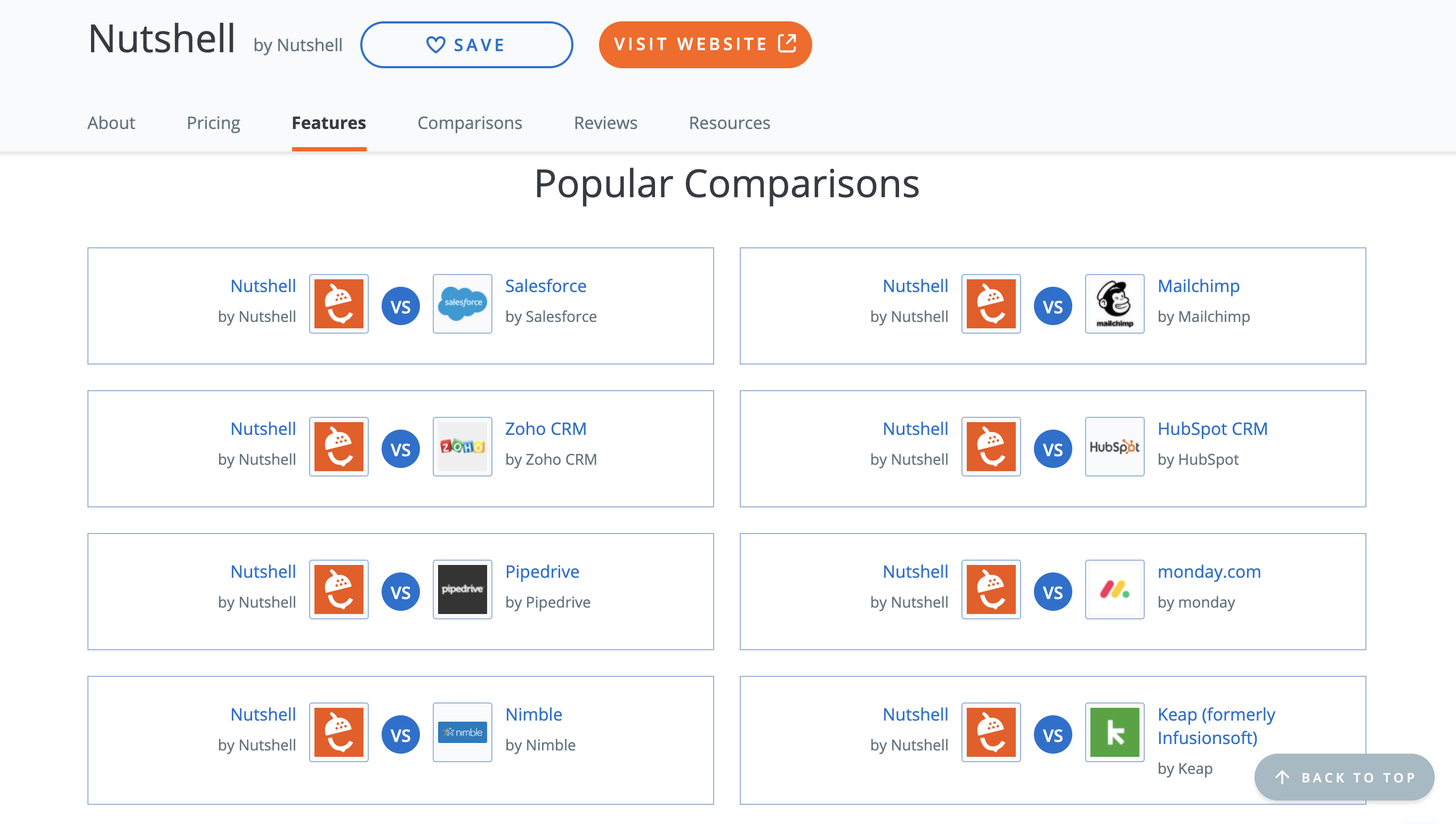To make a convincing software business case, illustrate the business challenge, its impact, and how software will solve it.
Getting a group of people to agree on a place for lunch can be difficult. Now, imagine getting your bosses, coworkers, and employees on board for brand new software that impacts the entire company.
This remains a major challenge for any business plan introducing new technology. According to our 2022 Small Business Software Buyer Behaviors Survey*, there are three top barriers for investing in new software. These include concerns about downtime or the learning curve while implementing new technology, return on investment concerns, and internal disagreements over the software buying process.
With a bit of preparation and collaboration, you can offer enough details to squash these hesitations, get buy-in, and start using modern software that helps solve your biggest challenges. If you’re a department or project manager and you see a need for investing in a new software platform and want to get your team and supervisors on board, then this guide is for you. Follow these three steps to make a strong software business case.
1. Develop a concise pitch for new software
An elevator pitch is a quickly delivered description of a concept, including all the highlights that will entice a listener to follow up for more information. As a first step to getting software buy-in, craft a clear, concise elevator pitch that encapsulates a few key points:
The most critical business pain point the new software can address. Clearly describe the challenge so everyone understands what is at stake.
How software addresses the problem. Quickly describe how a CRM, for example, helps tackle the problem of inaccurate data by automating data entry. Quantify this improvement when possible.
Why the product(s) you selected is the best option. Give quick examples of positive reviews, case studies, how it works with your current software, and any notes on the ease of implementation, user experience, support and training, or other details relevant to your needs.
The more time you need to explain the benefit of something, the less compelling the pitch. Craft a clear statement that explains the challenge, the goal, and the solution in two sentences or less. This makes it easier to recruit supporters, even when chatting in the office breakroom.
2. Enlist supporters with real pain points
Armed with your pitch, you can more easily recruit two to three supporters who can strengthen your business case with real-world examples. You should already know which challenge your proposed software can tackle, so find a few employees who experience that challenge in order to illustrate the severity of the problem.
Ask them to participate in your presentation so they can briefly explain the issue they face and the consequences if nothing is fixed. This shows your stakeholders exactly why action is needed soon.
If your current challenge is dealing with old technology, direct users are excellent candidates. But if your problem is more of a process challenge, find employees who perform that task to understand the most frustrating aspects.
Here are some other considerations for gathering supporters:
Don’t forget to recruit managers whose teams experience the challenge. They’ll have a different perspective to share.
If you have a particularly charismatic supporter, allow them to explain problems in their own voice. Emotional pleas can be especially powerful.
Variety is valuable, but try to bucket employee issues into a single theme, such as “loss of productivity” or “missing lucrative business opportunities.”
3. Explain why your software choice is the best option
Let’s say you’ve determined that a CRM can help solve the problem of inaccurate customer data by automating much of the entry process. You may hear feedback such as, “Sure, most CRMs can streamline the task of entering customer information, but why did you pick Vendor X?”
To show why the software you chose is the best option, you’ll need to demonstrate how you vetted all of the potential options. With more than 600 CRM products on the market, not just any ol’ software will do.

Capterra can help you compare functionally similar software to find the best options based on price and rating.
For most software markets, the distinction is in the details. Consider the less tangible aspects of the software that may have a big impact on your challenge, such as:
A clean user interface that makes the software visually pleasant
Good customer service for quick solutions to problems
Implementation assistance to easily migrate data
Affordable training options to get users up-to-speed
These smaller aspects matter—a simpler system that employees actually use correctly is more valuable than the feature-packed product that’s a pain to use.
/ Should I mention cost?
Not necessarily. You may think the cost should come up sooner, but typically, you’ll know your budget before evaluating options. Discussions about cost should happen before research so that you and your stakeholders know that your shortlist of systems won’t break the bank.
You’ll also want to know the true cost of software. During the presentation, you can have the monthly subscription or license pricing ready if questions arise, but make sure not to lose focus on the main challenge that the tool will address. You can also briefly mention the long-term cost savings of implementing the new software by mentioning success stories and case studies from businesses similar to yours that decided to invest in the same platform.
Solving the challenge is the key to a strong business case
There are dozens of details to consider for a software investment. To get buy-in from managers and employees, however, the core message of “X product solves Y challenge because it can do Z” is paramount when making a compelling business case.
For more guidance on finding your business’s software match, check out the following resources:
